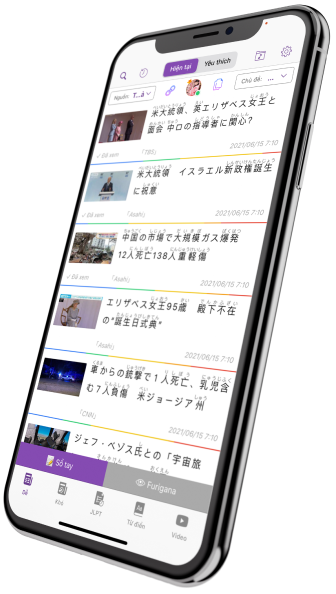
“らしい”, “みたい”, and “っぽい” mean “like” or “similar” but are all slightly different. Today, TODAI Japanese will show you some slight differences.
🟣 らしい - Expressing hearsay or behavior using
◼ 「らしい」 can be directly attached to nouns, adjectives, or verbs to show that things appear to be a certain way due to what you've heard.
📌 Eg:
(A) 今日、田中さんはこないの?- Is Tanaka-san not coming today?
(B) こないらしい。- Seems like it (based on what I heard).
(A) あの人は何なの?- What is that person over there?
(B) 美由紀さんの友達らしいですよ。- Seems to be Miyuki-san's friend (based on what I heard).
◼「らしい」to indicate that a person seems to be a certain thing due to his behavior.
📌 Eg:
(1) あの子は子供らしくない。- That child does not act like a child.
(2) 大人らしくするつもりだったのに、大騒ぎしてしまった。- Despite the fact that I planned to act like an adult, I ended up making a big ruckus.
------
🟣 みたい - something looks like something else
◼ N みたい
Attach 「みたい」 to the noun that bears the resemblance. 「みたい」 conjugates like a noun or na-adjective and not an i-adjective. So このピザはお好み焼きみたいじゃない?- Doesn't this pizza looks like okonomiyaki? (NOT お好み焼きみたくない?)
📌 Eg:
制服を着ている姿をみると、学生みたいです。- Looking at the uniform-wearing figure, (person) looks like a student. (The implied meaning here is the person wearing the uniform is not really a student because he/she only looks like a student.)
Non-Past - 犬みたい = looks like a dog
Past - 犬だったみたい = didn't look like a dog
Negative - 犬じゃないみたい = doesn't look like a dog
Negative Past - 犬じゃなかったみたい = didn't look like a dog
-------
🟣 っぽい - like a
A really casual way to express similarity is to attach 「っぽい」 to the word that reflects the resemblance.
Noun + っぽい
Verb-stem + っぽい
いadj (-い) + っぽい
なadj + っぽい
「 っぽい」 conjugates just like an i-adjective, as seen by example (3) below.
📌 Eg:
(1) あの人はちょっと韓国人っぽいよね。- That person looks like a Korean person, huh?
(2) みんなで、もう全部食べてしまったっぽいよ。- It appears that everybody ate everything already.
(3) 恭子は全然女っぽくないね。- Kyouko is not womanly at all, huh?
👉 Follow TODAI Japanese to learn Japanese better, if you want to study Japanese but don’t know what you need to learn, You can try TODAI Japanese, and starting learning Japanese by reading Japanese news is a good idea for beginners.










Login to comment